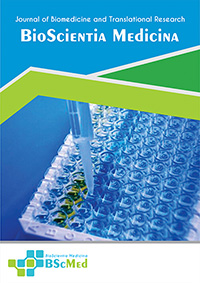Main Article Content
Abstract
Background: Urinary tract infections (UTIs), including asymptomatic bacteriuria (ASB), represent a significant clinical challenge during pregnancy, posing risks to both mother and fetus. Physiological changes increase susceptibility. Urine culture remains the diagnostic gold standard. This review assessed recent evidence on UTI clinical manifestations and diagnostic approaches in pregnant women.
Methods: A systematic literature search of PubMed and Google Scholar was conducted for experimental studies published in the last 5 years (2019-2023) focusing on UTI diagnosis in pregnancy. Search terms included "urinary tract infection," "pregnant women," "diagnosis," and "experimental study". Studies were selected using PRISMA guidelines and PICOS criteria. Data extraction and risk of bias assessment were performed.
Results: Fifteen experimental studies involving 4,377 pregnant participants were included. Common clinical manifestations included urgency, lower abdominal/pelvic pain, dysuria, fever, and hematuria. Urine culture was the primary diagnostic tool used. Escherichia coli was the most prevalent Gram-negative isolate, followed by Klebsiella spp. and Pseudomonas spp. Streptococcus aureus, Enterococcus faecalis, and Staphylococcus aureus were common Gram-positive isolates. Urine pH varied, with Gram-positive infections associated with more alkaline urine.
Conclusion: Clinical presentations of UTI in pregnancy were consistent across recent studies. Gram-negative bacteria, particularly E. coli, predominated. Urine culture remains the cornerstone of diagnosis, with urine pH potentially offering adjunctive diagnostic information.
Keywords
Article Details
As our aim is to disseminate original research article, hence the publishing right is a necessary one. The publishing right is needed in order to reach the agreement between the author and publisher. As the journal is fully open access, the authors will sign an exclusive license agreement.
The authors have the right to:
- Share their article in the same ways permitted to third parties under the relevant user license.
- Retain copyright, patent, trademark and other intellectual property rights including research data.
- Proper attribution and credit for the published work.
For the open access article, the publisher is granted to the following right.
- The non-exclusive right to publish the article and grant right to others.
- For the published article, the publisher applied for the Creative Commons Attribution-NonCommercial-ShareAlike 4.0 International License.





